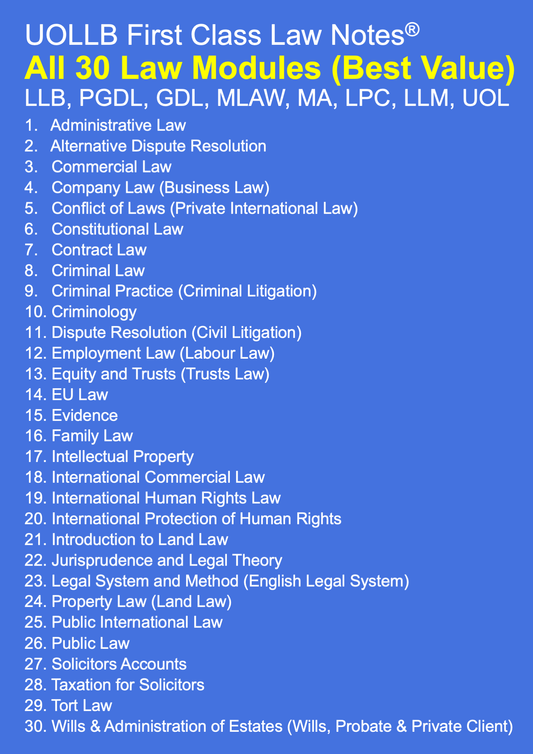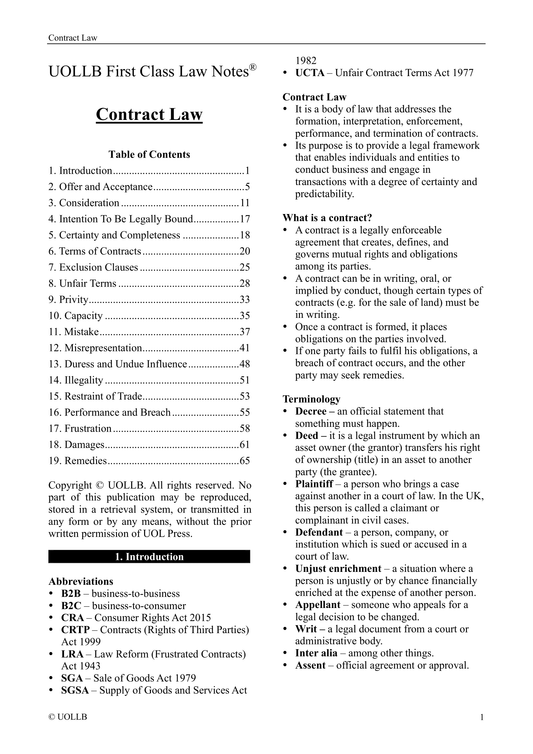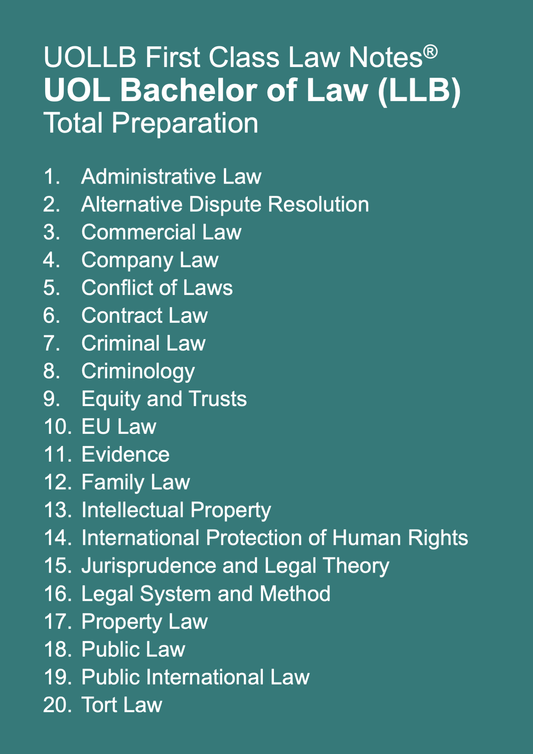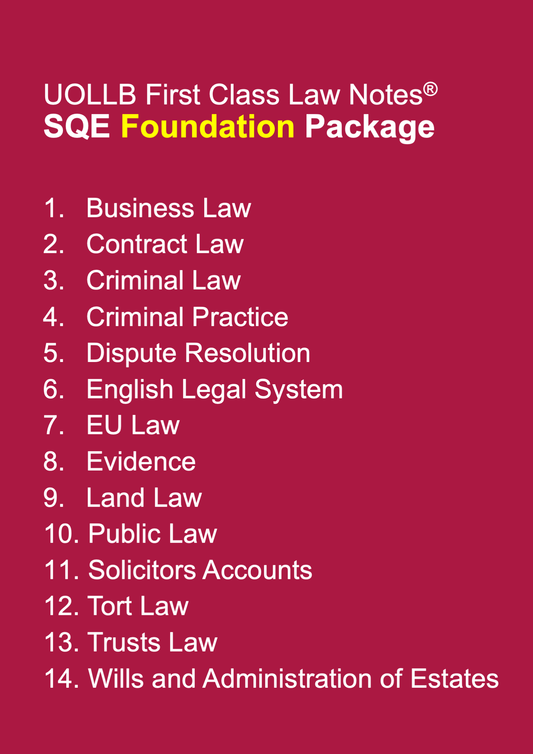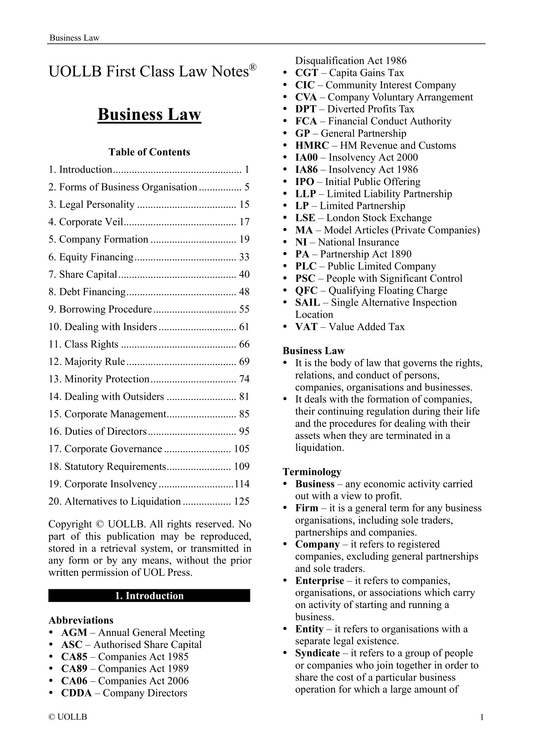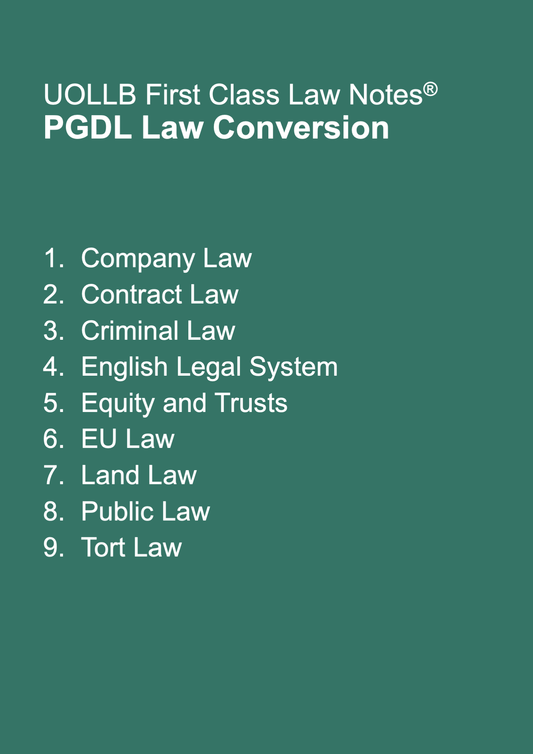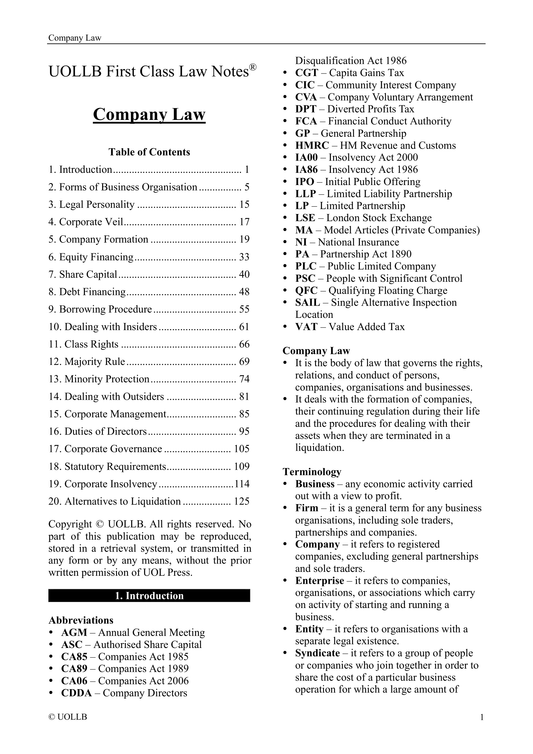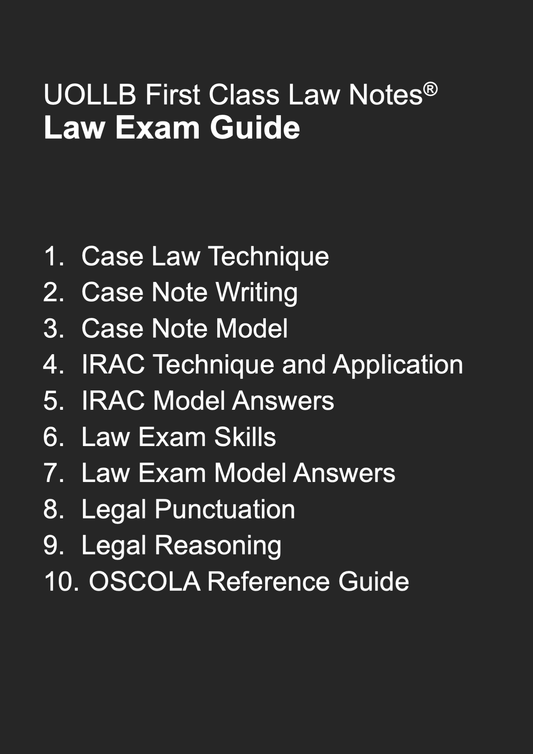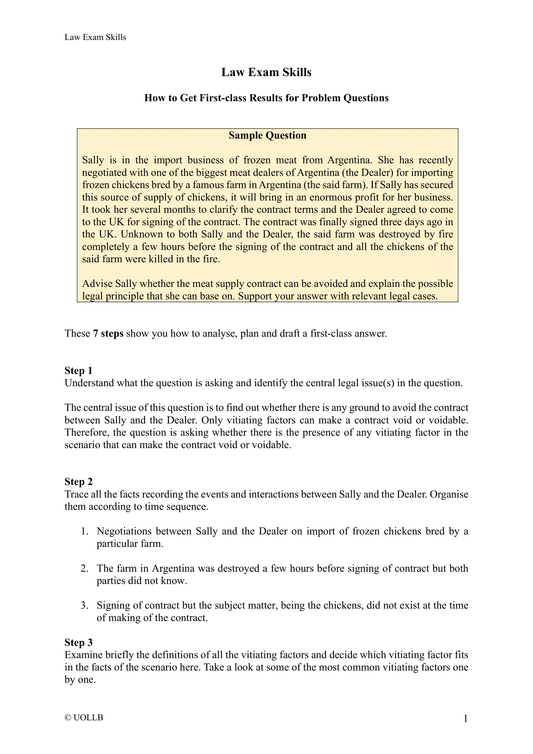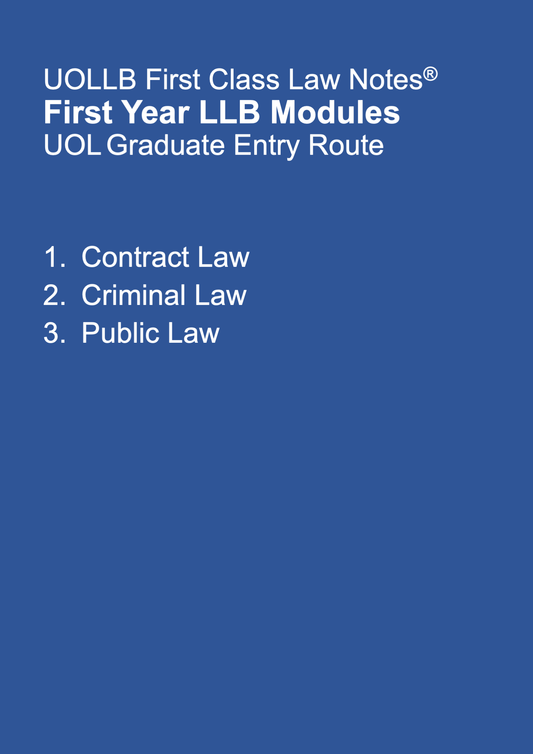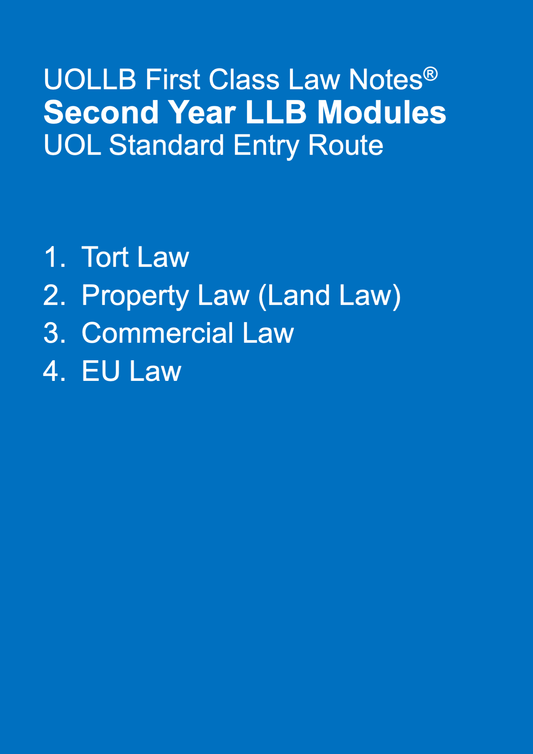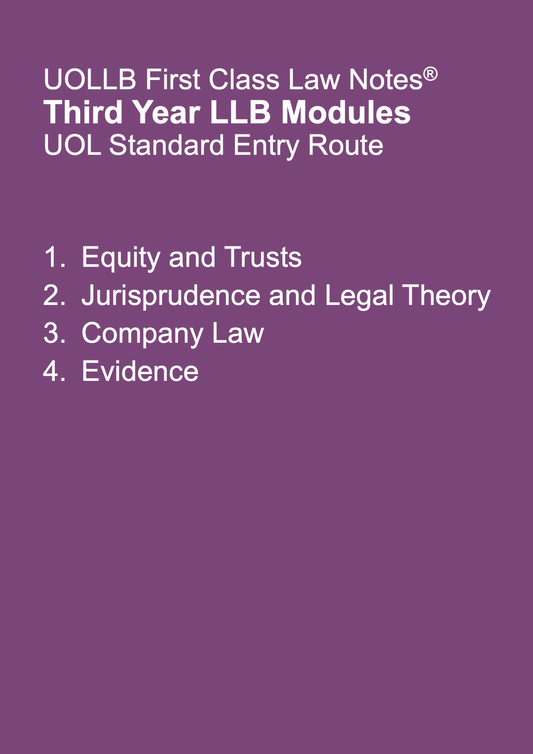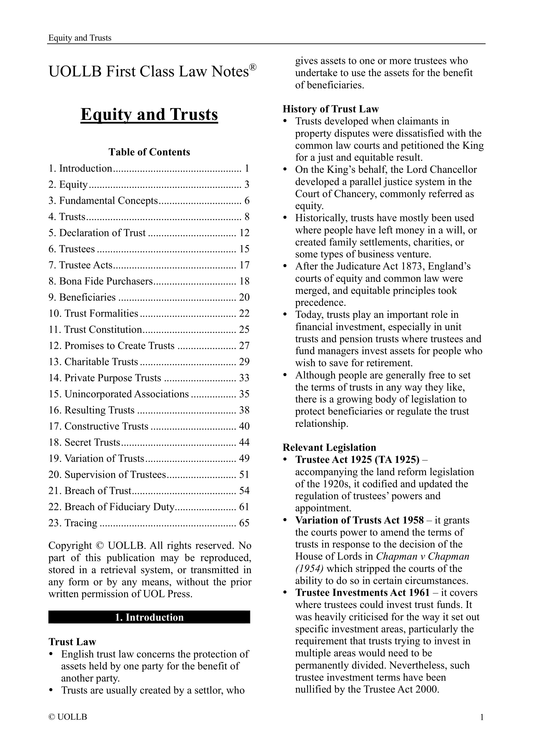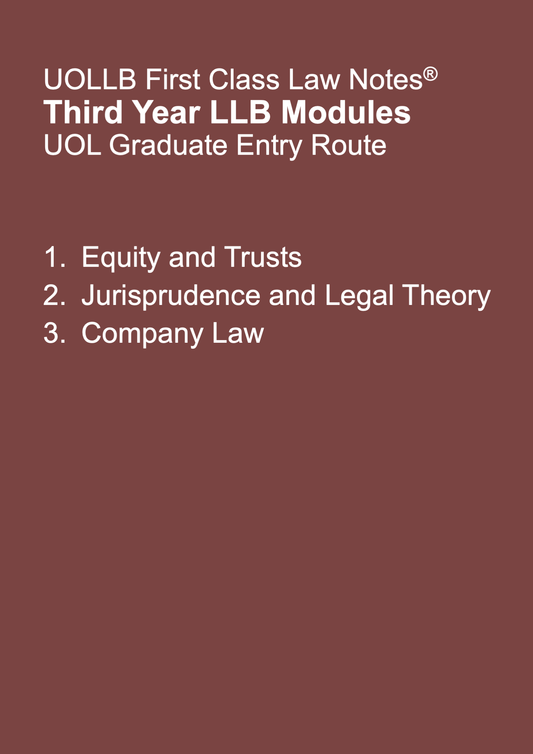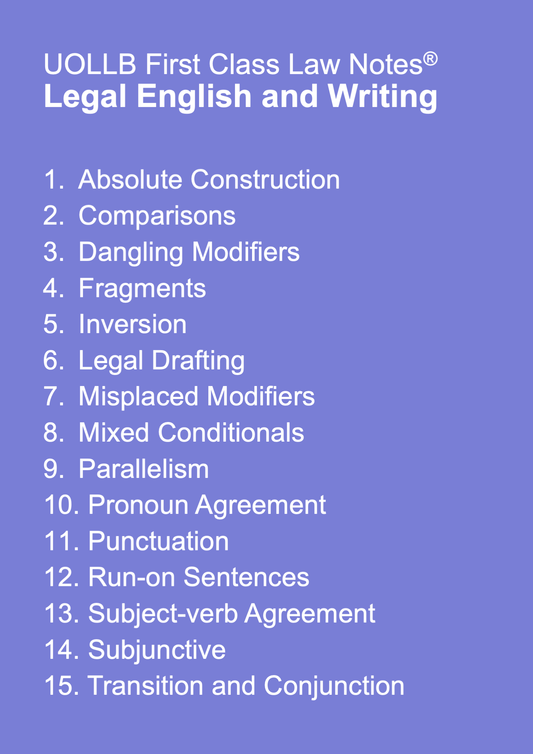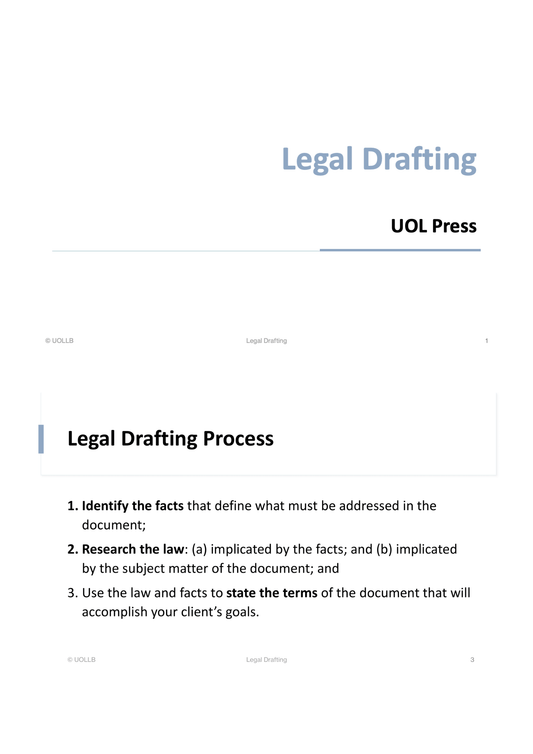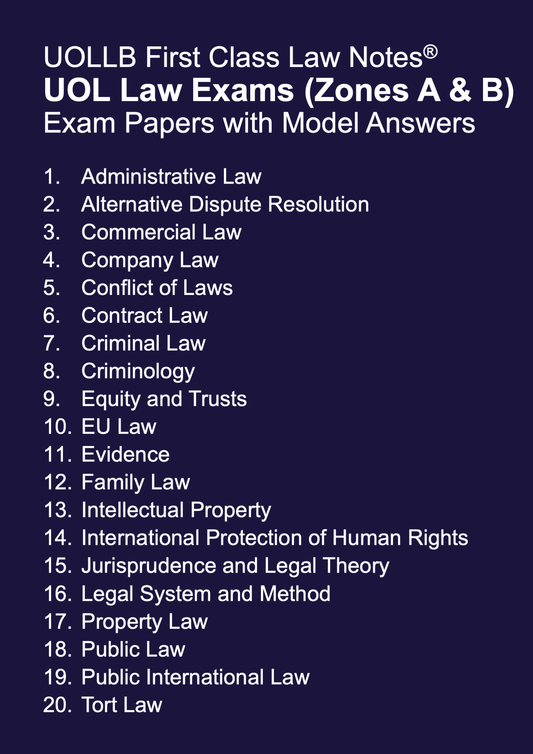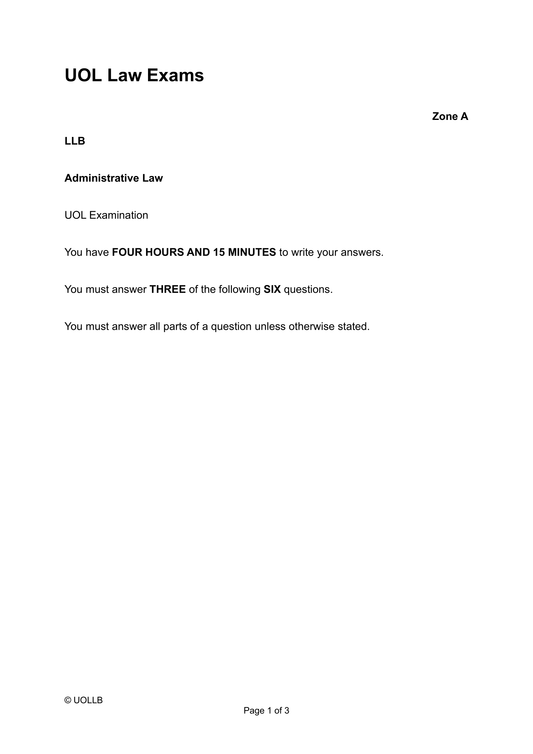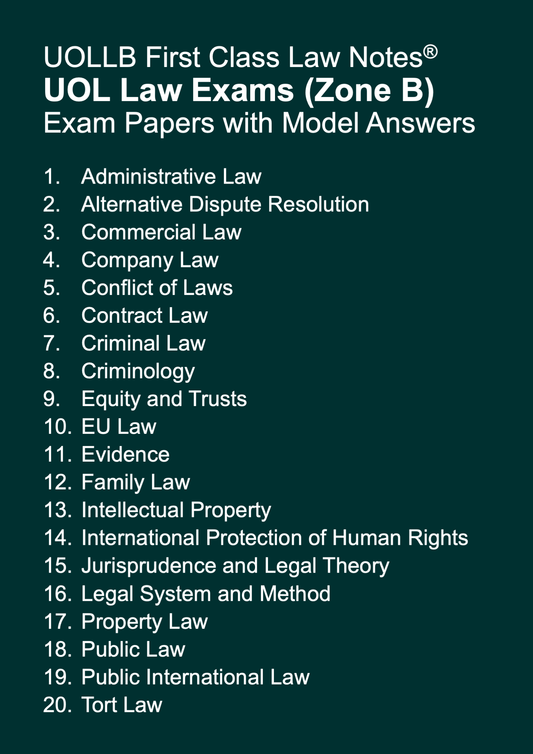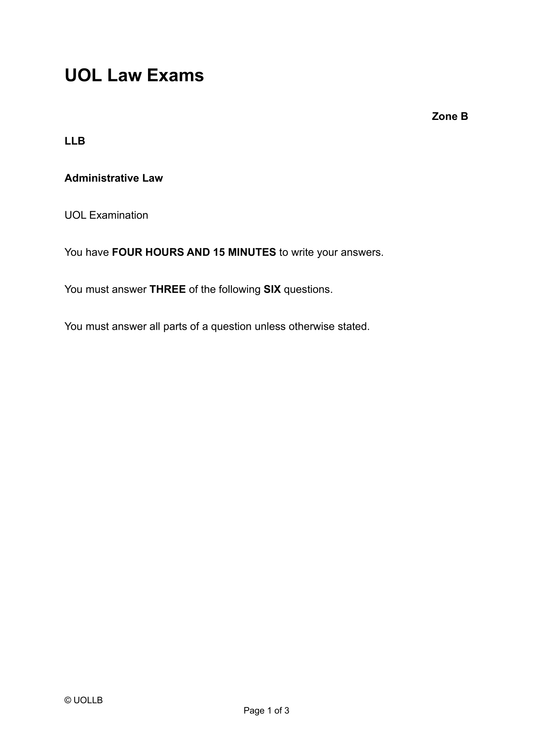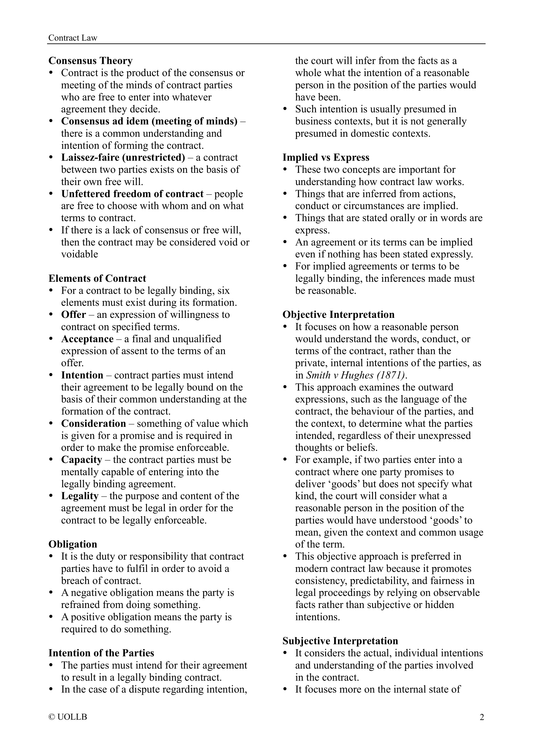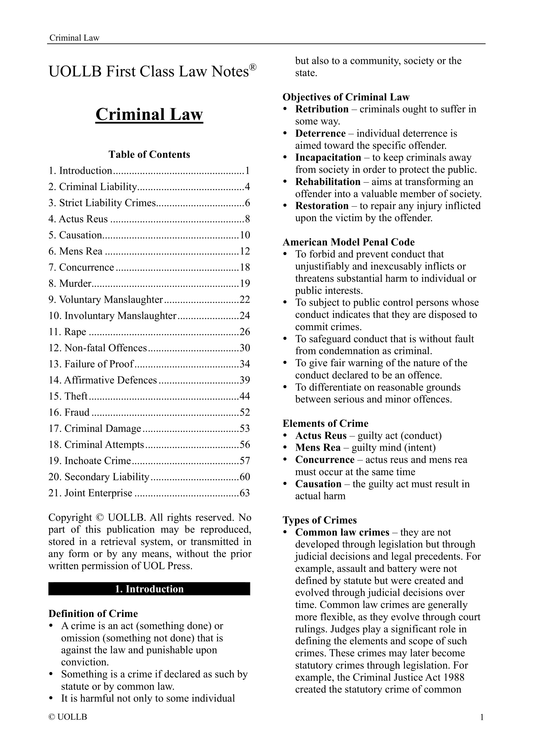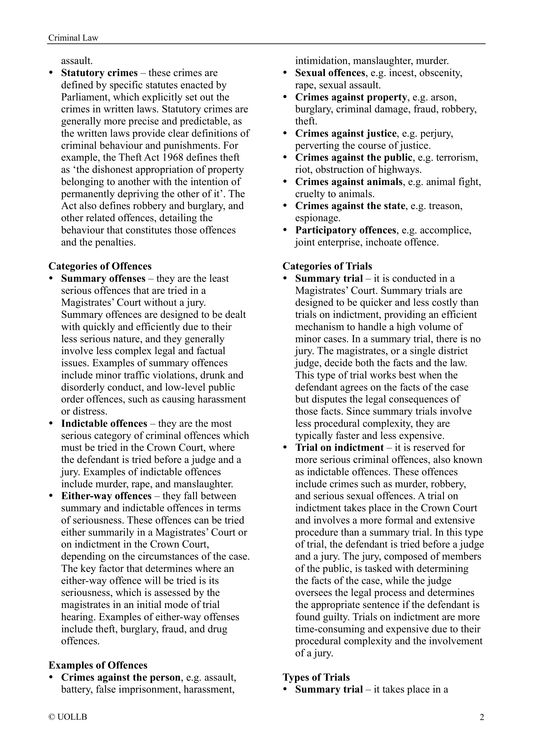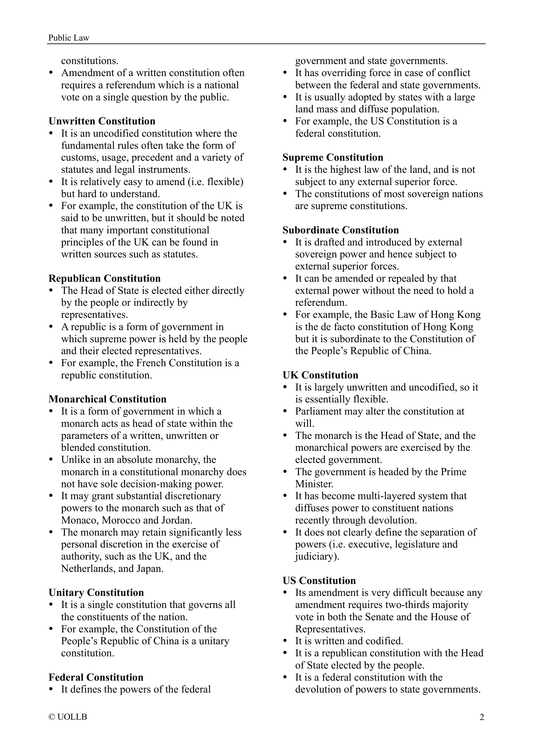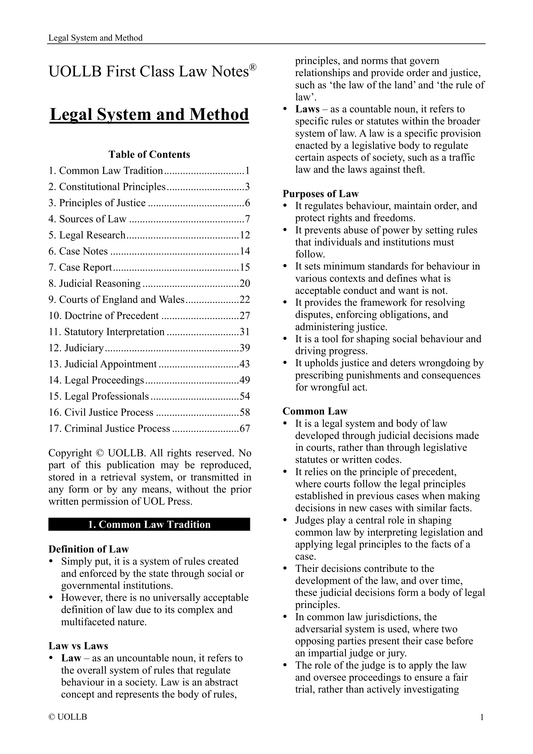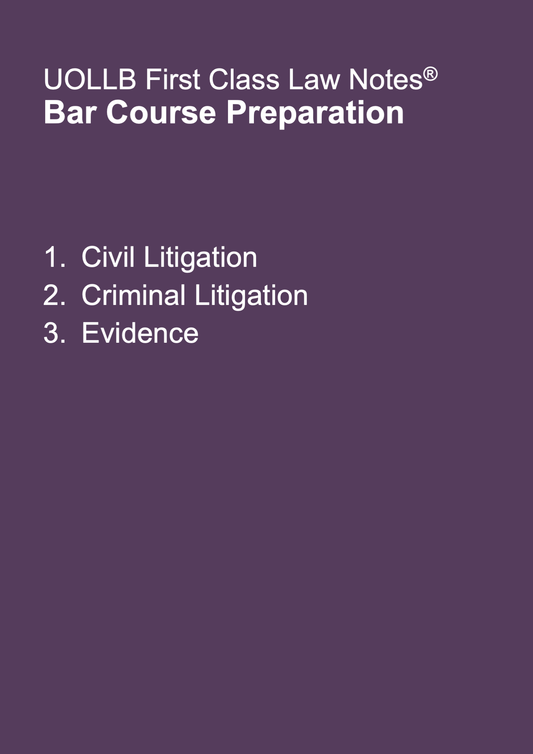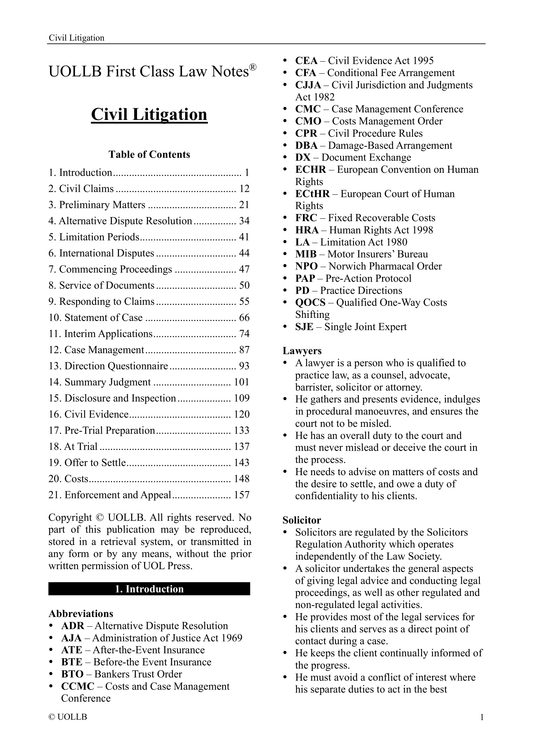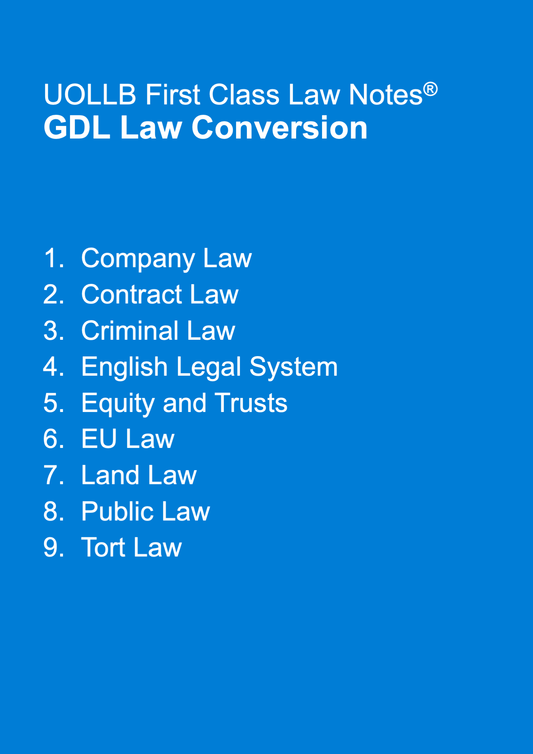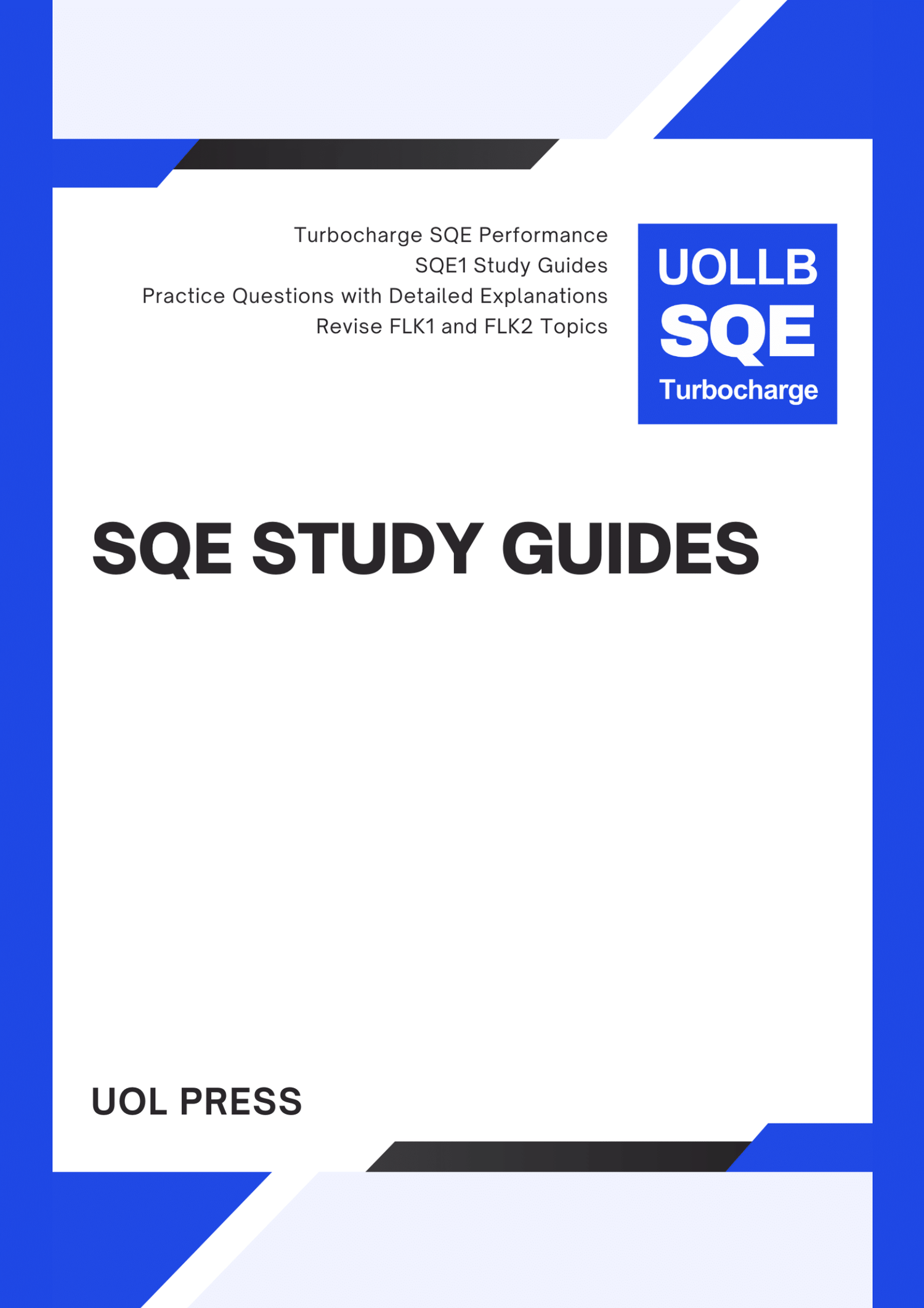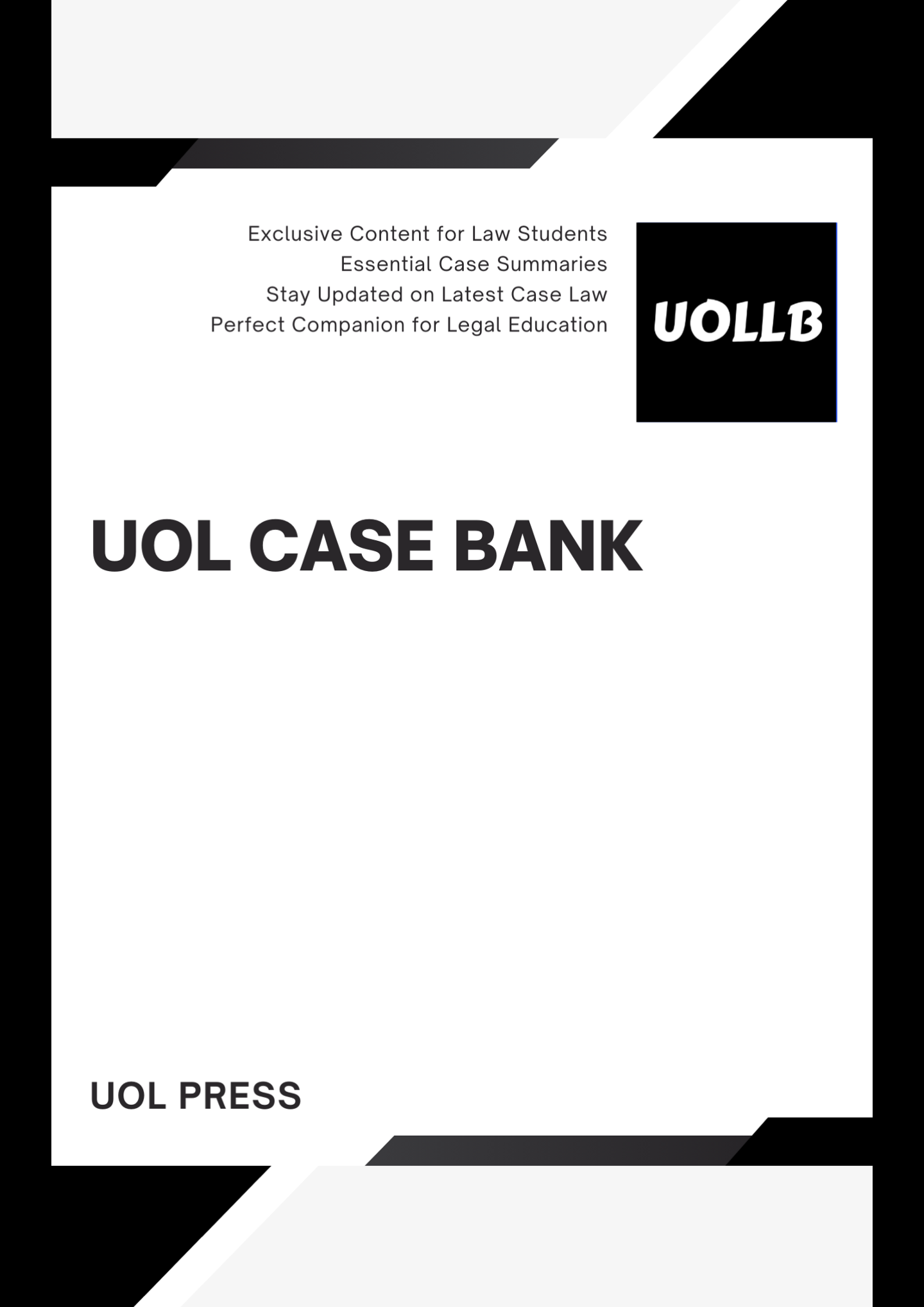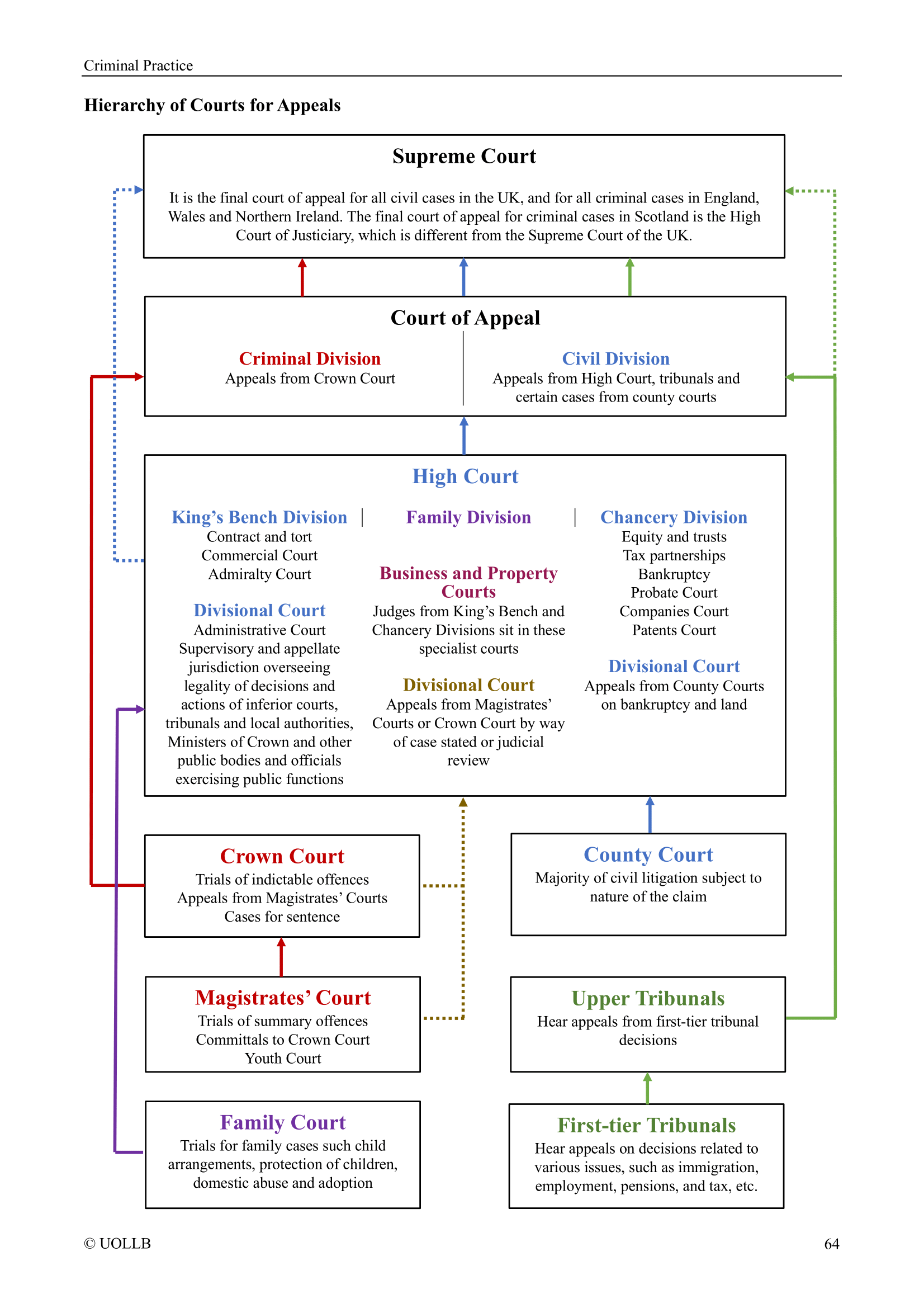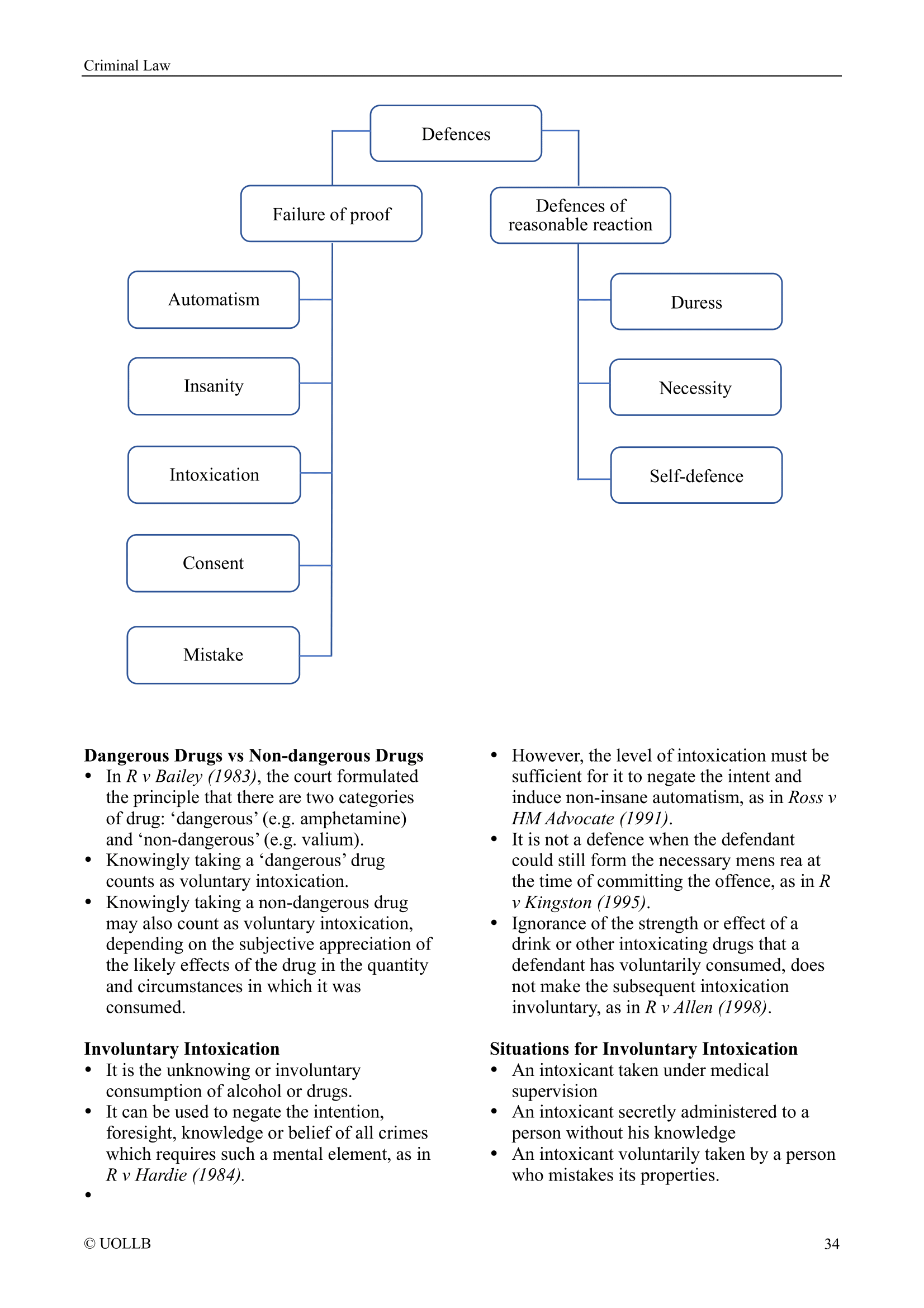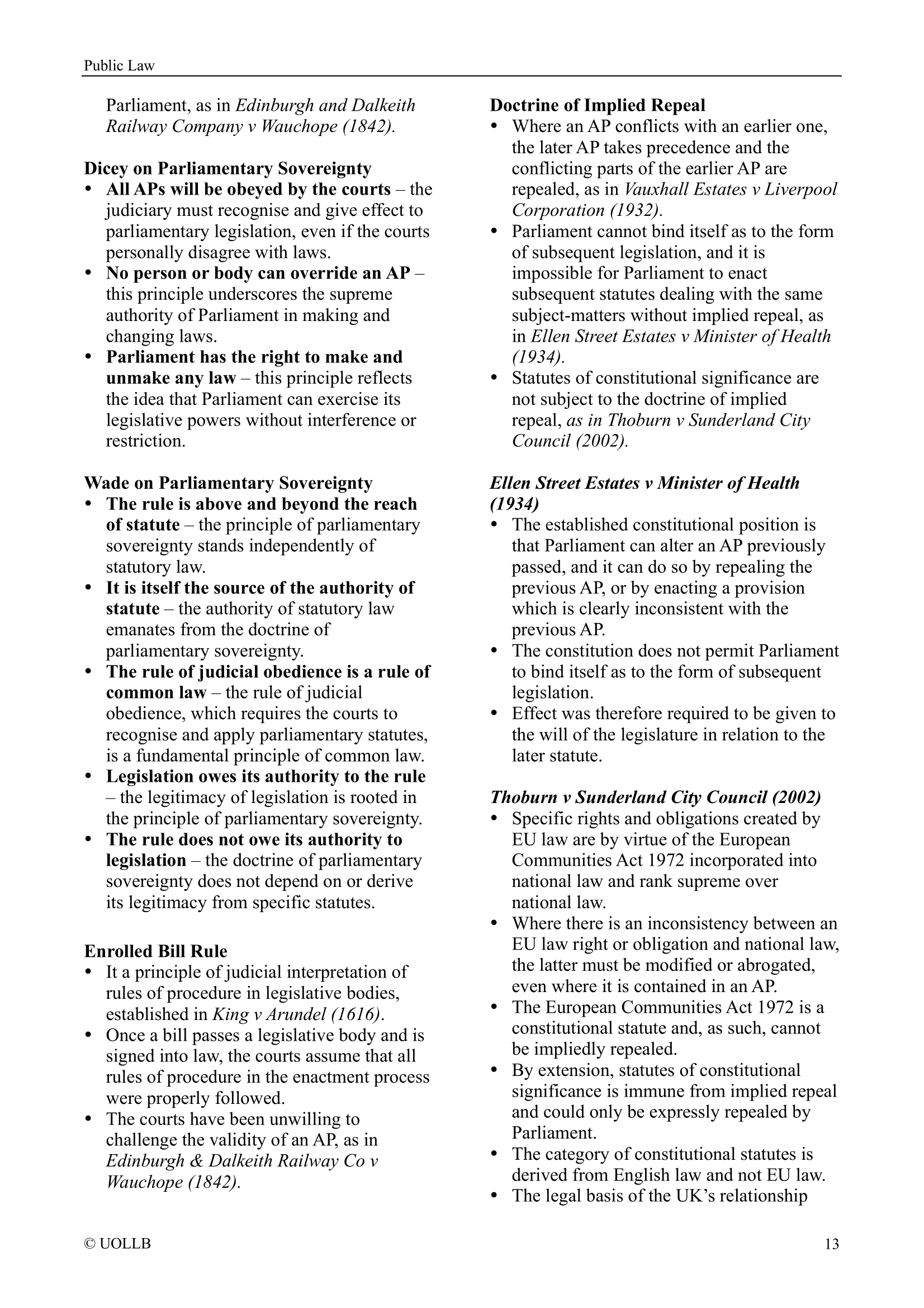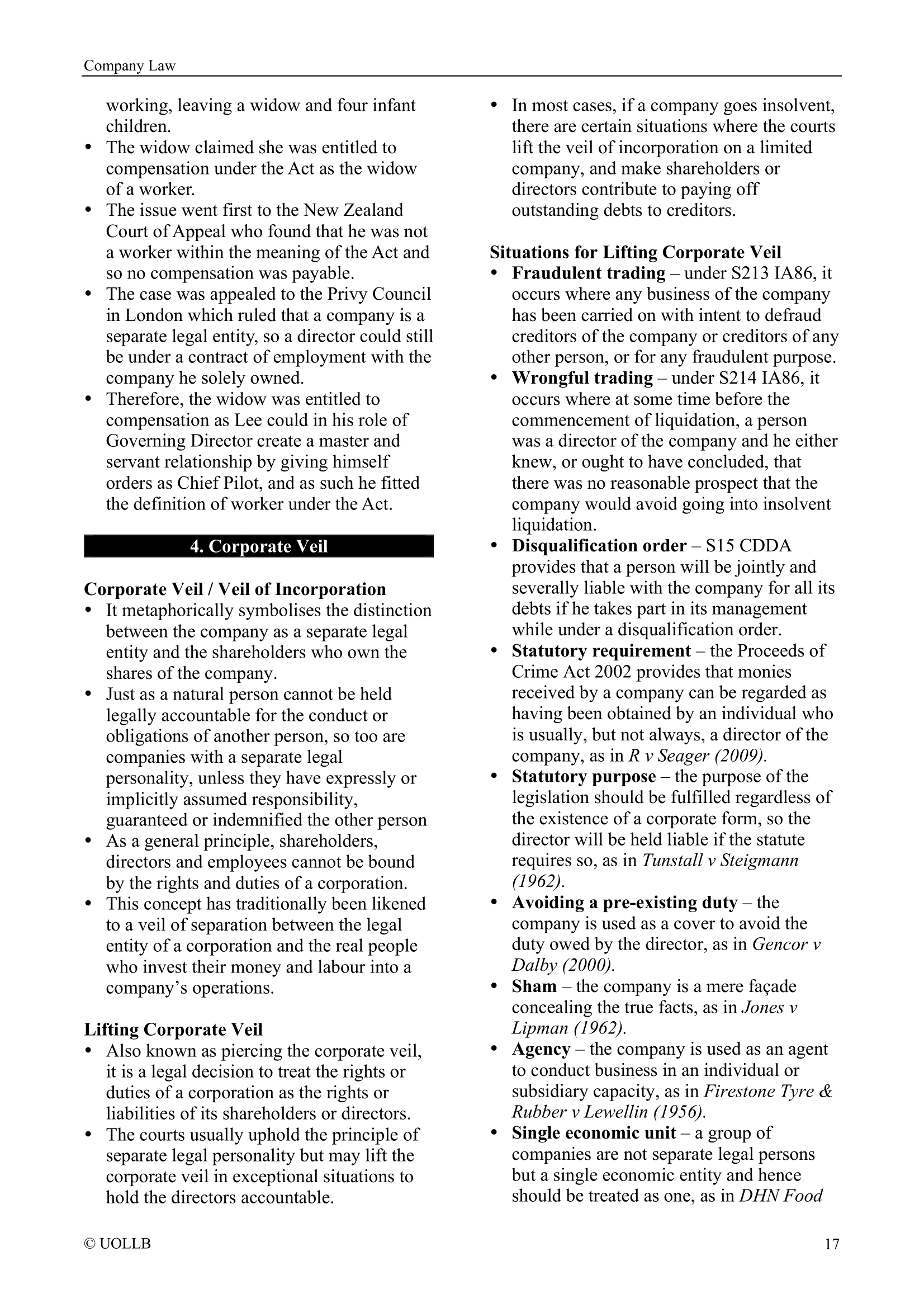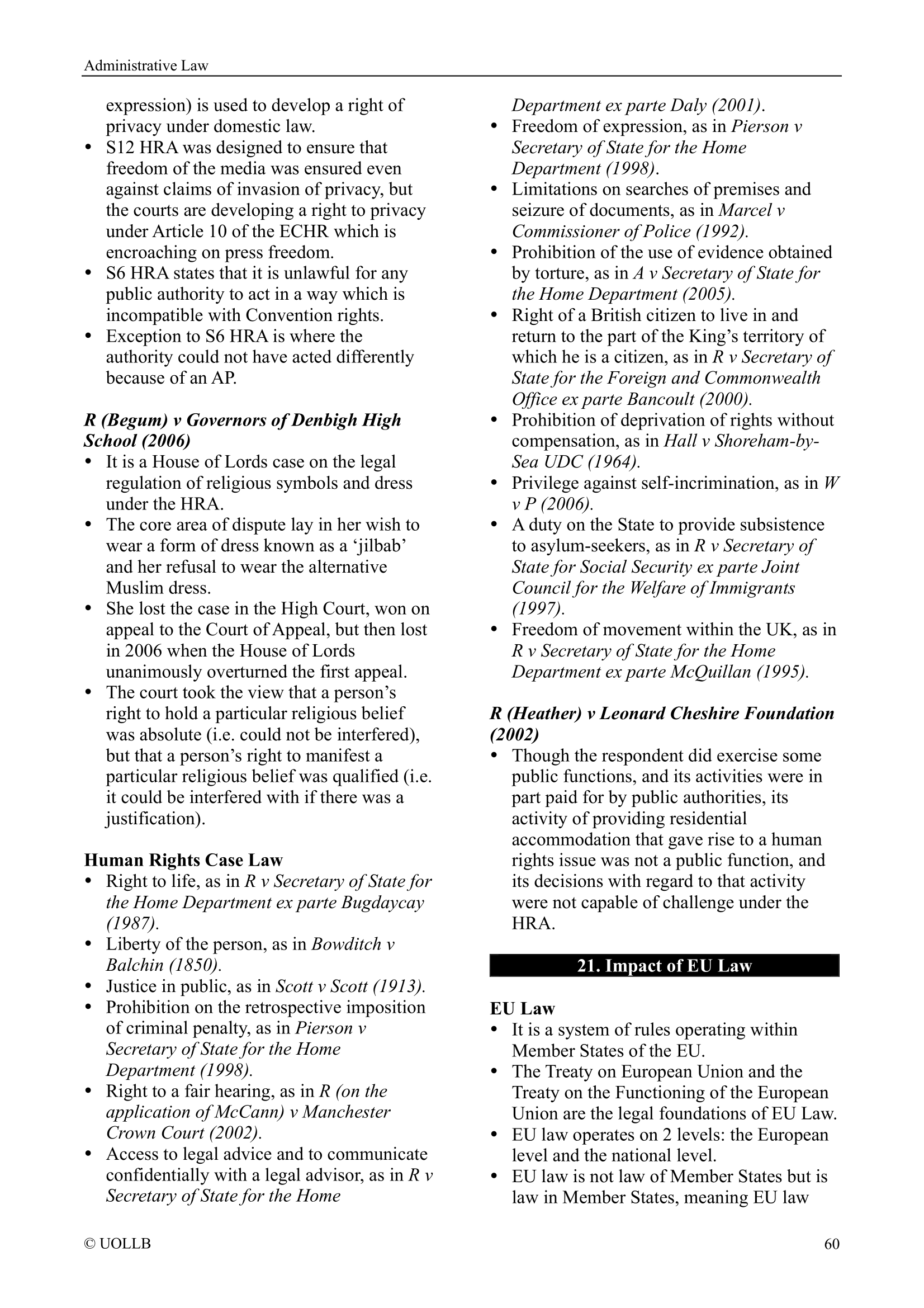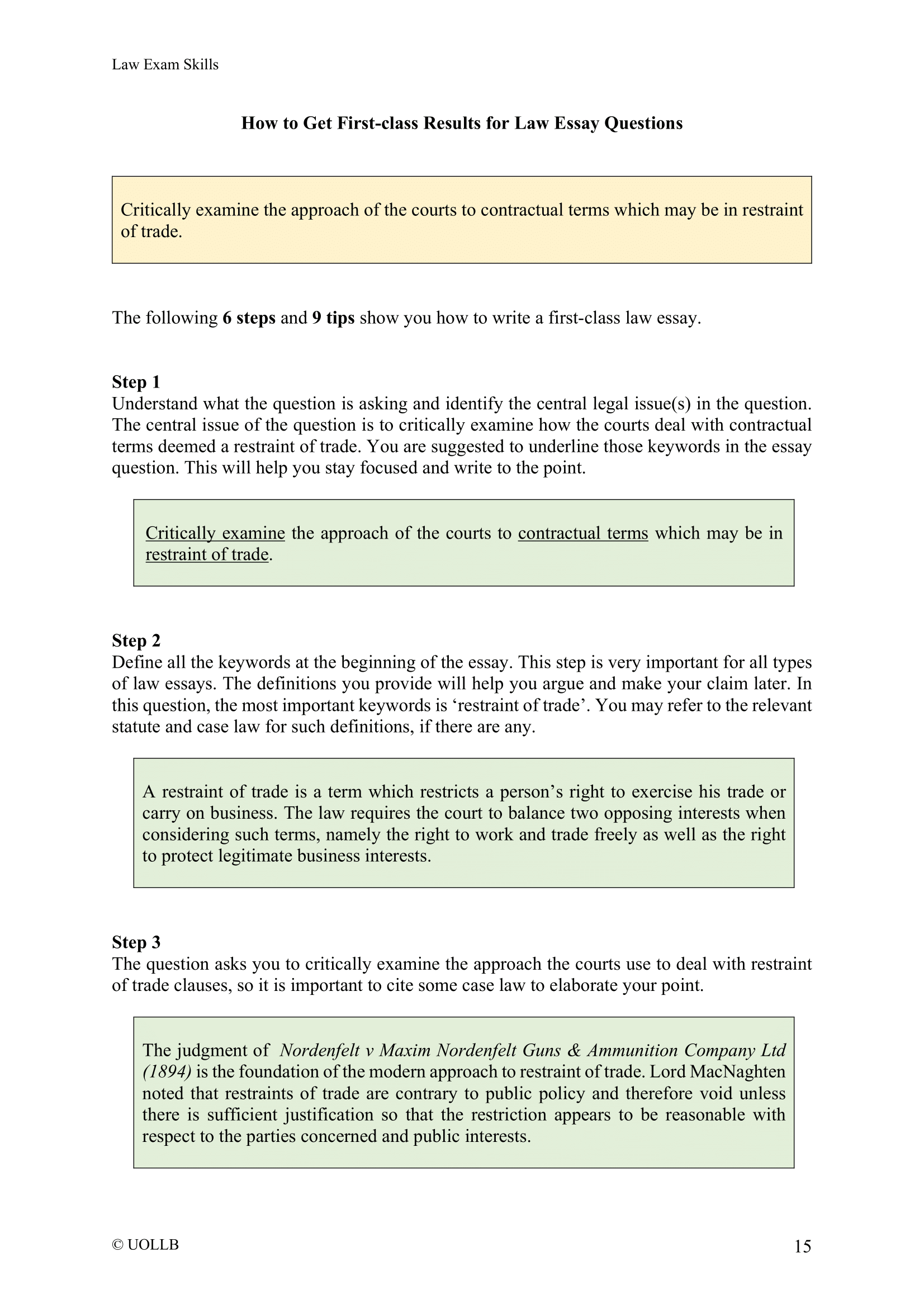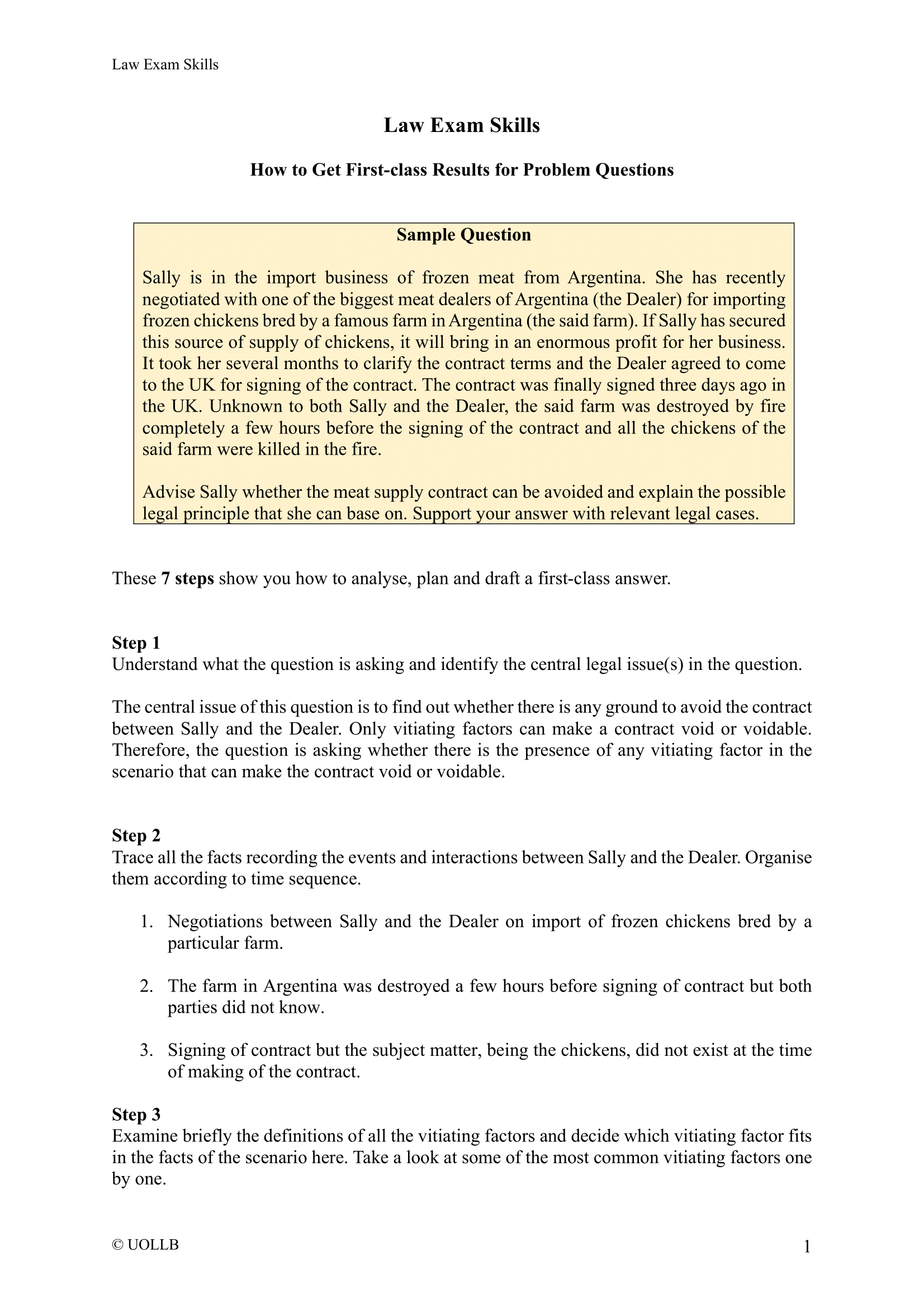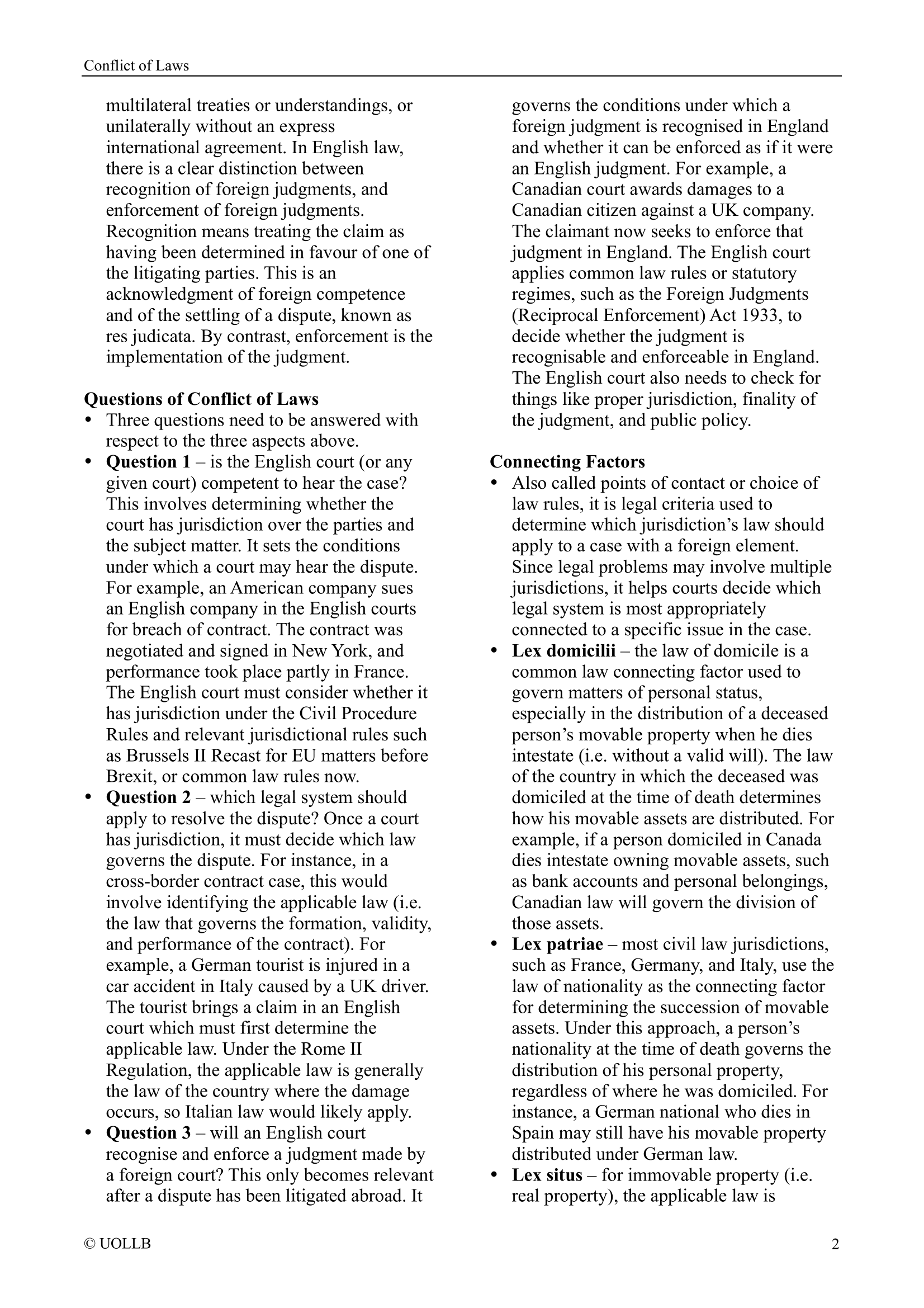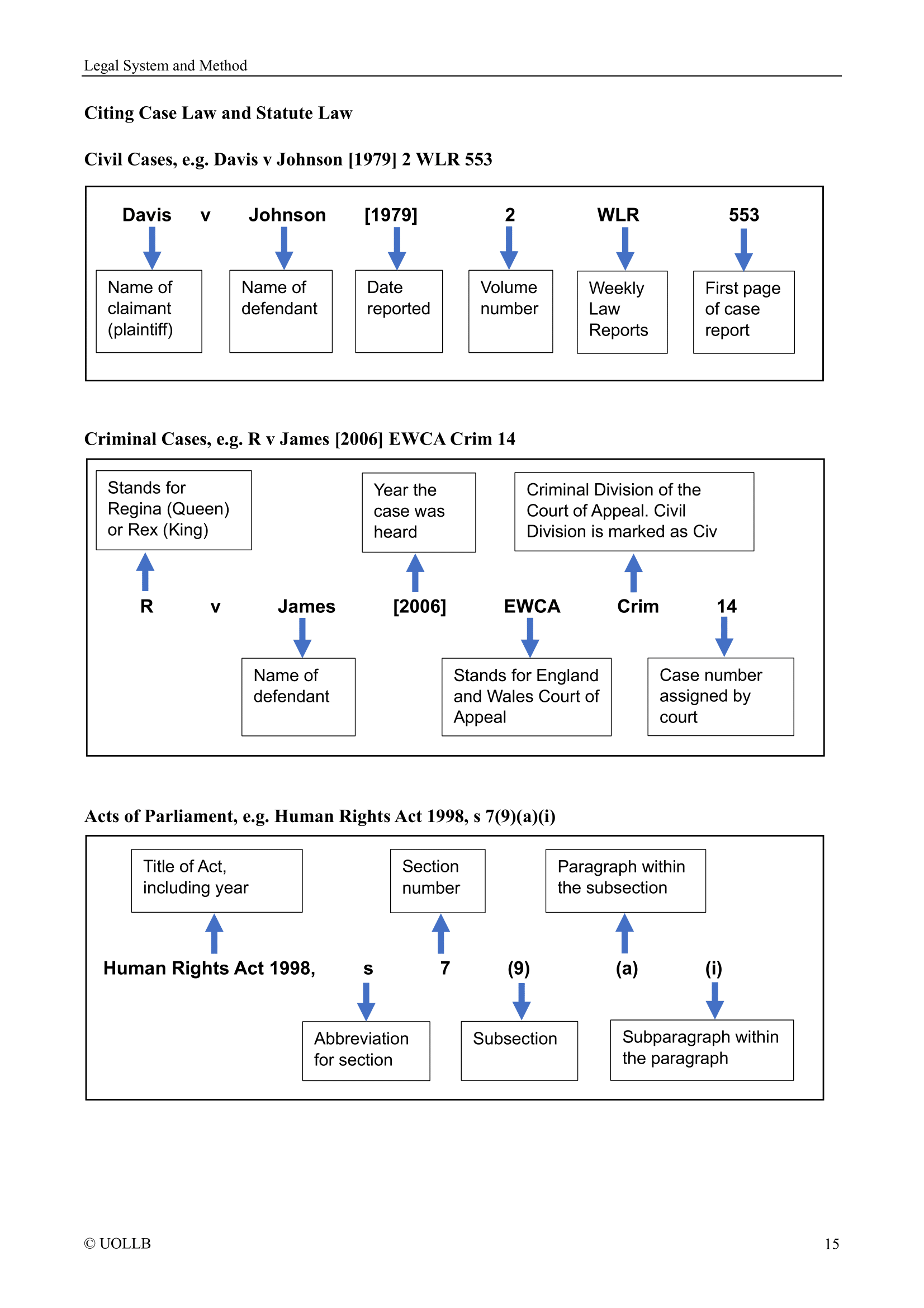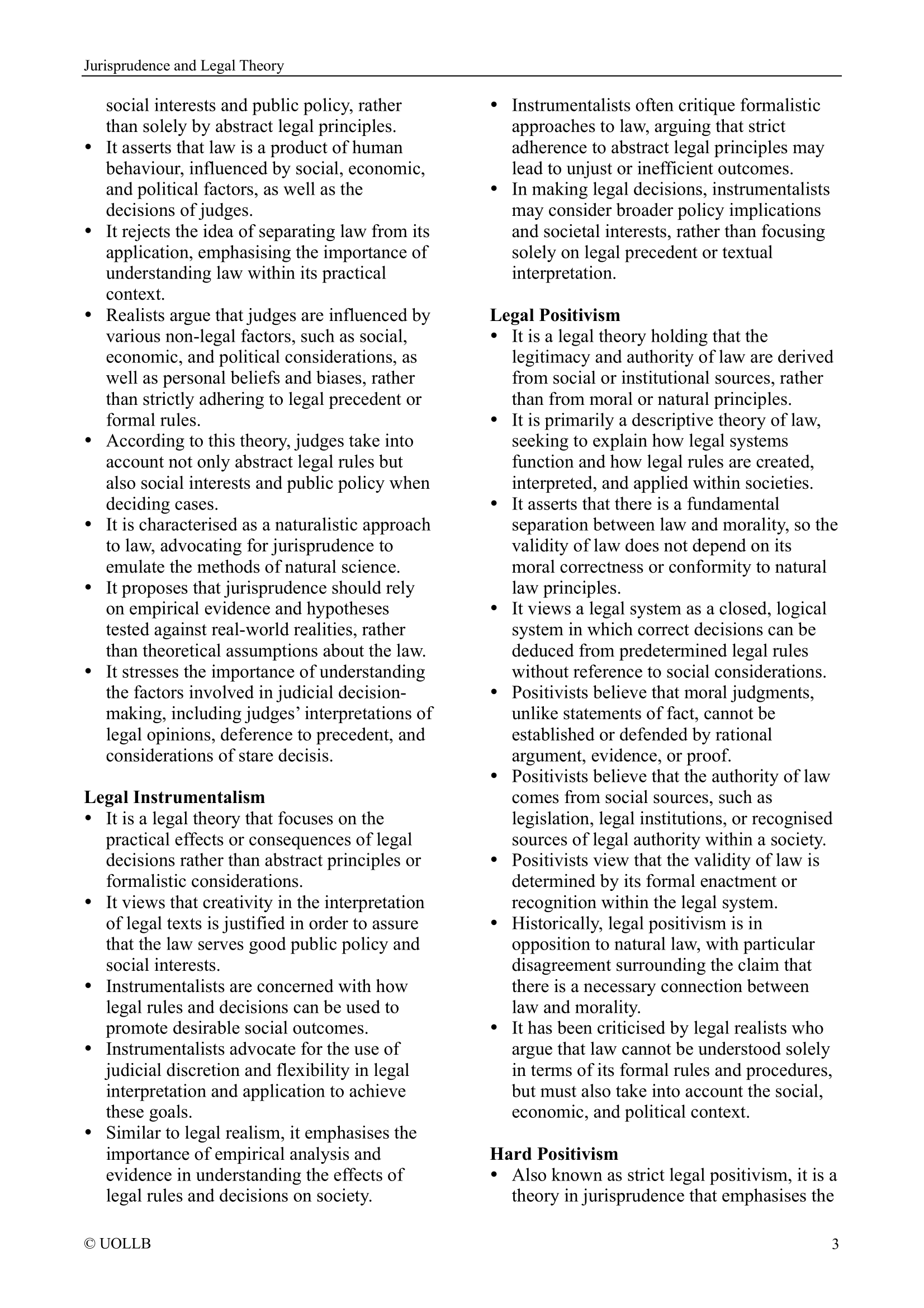Big Four Accounting Firms
Share
When people speak about the Big Four in accounting, they are referring to Deloitte, PwC, EY, and KPMG, which are the four largest professional services networks in the world. These firms dominate the global market for audit, tax, consulting, and advisory services, employing hundreds of thousands of professionals across every continent. They are not single companies but rather international networks of legally separate member firms operating under a common brand and quality standards. Together, they audit the majority of the world’s largest corporations and exert enormous influence on global financial reporting, regulation, and corporate governance.
The history of the Big Four stretches back to the 19th and early 20th centuries, when accounting firms began in London and New York to serve growing industrial corporations and banks. Over time, these firms merged and expanded internationally, creating today’s global giants. Until the early 2000s, they were known as the “Big Five,” but following the collapse of Arthur Andersen in the wake of the Enron scandal, the number dropped to four. Since then, Deloitte, PwC, EY, and KPMG have not only held their positions at the top but have also diversified far beyond auditing into areas such as consulting, risk management, technology, legal services, and corporate finance.
Deloitte is the largest of the Big Four by revenue, with a particularly strong presence in consulting and advisory services alongside its audit and tax practices. It originated in London in 1845, when William Welch Deloitte opened his firm, and has grown into a network that operates in more than 150 countries. Deloitte is especially well known for its work with technology companies, financial institutions, and governments, and its consulting arm is among the most influential in the world.
PwC, short for PricewaterhouseCoopers, traces its roots back to the mid-19th century, with the firms of Price Waterhouse and Coopers & Lybrand eventually merging in 1998 to form PwC. It is renowned for its audit and assurance services and has a significant presence in advisory and tax as well. PwC is known for its strong global brand and commitment to training, attracting graduates who want to work on large, complex audits and multinational advisory projects. Its clients include many of the world’s largest corporations, and it is often associated with prestige and international career opportunities.
EY, formerly Ernst & Young, was formed in 1989 from the merger of Ernst & Whinney and Arthur Young & Co., though its history goes back to the mid-1800s. EY has cultivated a reputation for entrepreneurial support, innovation, and global outlook. It has positioned itself as a leader in advising fast-growing businesses and is heavily involved in sectors such as energy, technology, and financial services. Its global Entrepreneur of the Year programme illustrates its focus on supporting business growth beyond traditional accounting services. In recent years, EY has invested heavily in digital transformation, cybersecurity, and sustainability consulting, broadening its role in the corporate world.
KPMG takes its name from the initials of four key founding members Klynveld, Peat, Marwick, and Goerdeler. Its origins date back to 1870, and like its peers, it grew through mergers and international expansion. Today, KPMG is known for its audit strength and also provides extensive tax and advisory services. It has a particularly strong presence in Europe and is noted for its work in financial services and regulatory consulting. Despite being the smallest of the Big Four in revenue terms, KPMG remains a powerhouse in the profession and continues to expand its advisory offerings, particularly in areas such as technology risk and compliance.
The role of the Big Four extends far beyond traditional accountancy. Collectively, they influence international accounting standards, contribute to public policy debates, and play a role in shaping business practices across the globe. Their dominance in auditing has been a subject of regulatory scrutiny, particularly in the wake of financial crises and corporate scandals, as critics argue that their market concentration reduces competition. Nevertheless, their global reach, resources, and expertise mean they remain the first choice for many multinational corporations seeking assurance, strategic advice, and risk management support.
For aspiring accountants, working for one of the Big Four is often seen as a career milestone. These firms offer unparalleled exposure to international clients, cutting-edge training, and opportunities to specialise in diverse areas ranging from tax structuring and mergers and acquisitions to data analytics and sustainability consulting. Alumni of the Big Four frequently go on to hold senior positions in industry, government, and finance, underlining the career advantages of beginning in these global firms.
In summary, the Big Four are more than just accounting firms; they are global professional services networks that shape the way businesses operate, governments regulate, and economies grow. Their long histories, expansive networks, and continuous diversification have cemented their role at the heart of the global financial system. Nevertheless, challenges from regulatory scrutiny to competition from technology-driven firms remain, but they continue to set the benchmark for the accountancy profession worldwide.
